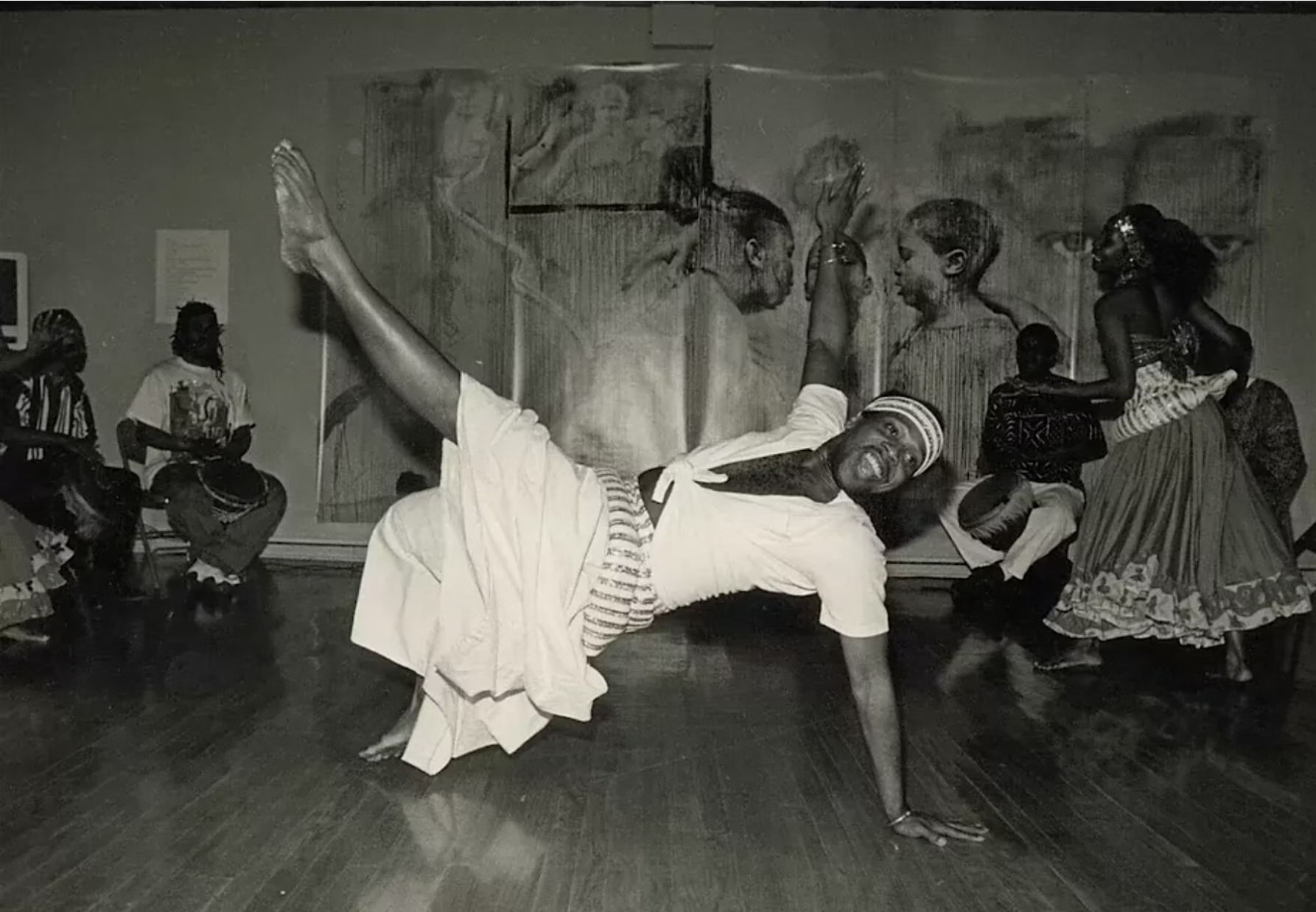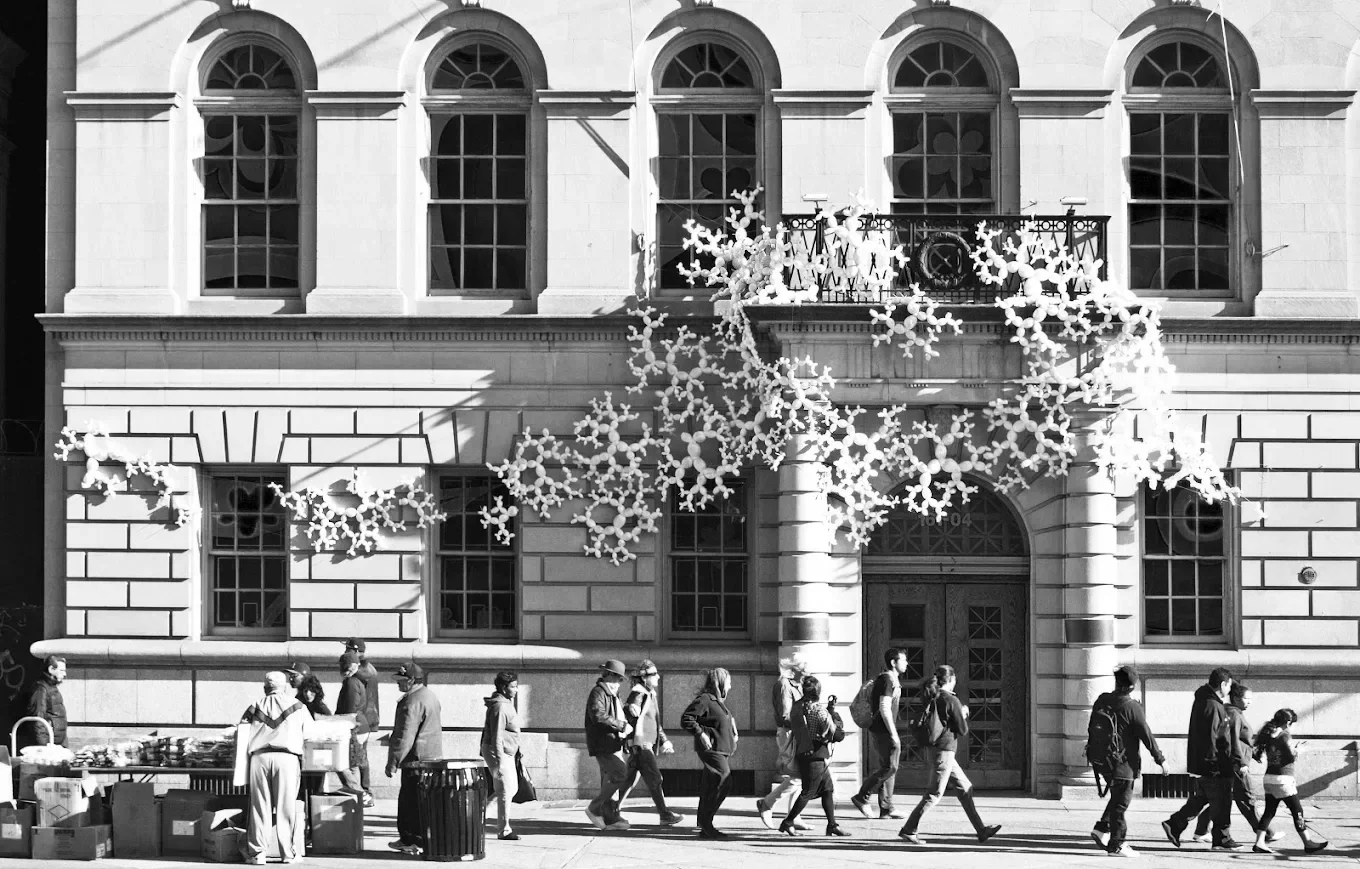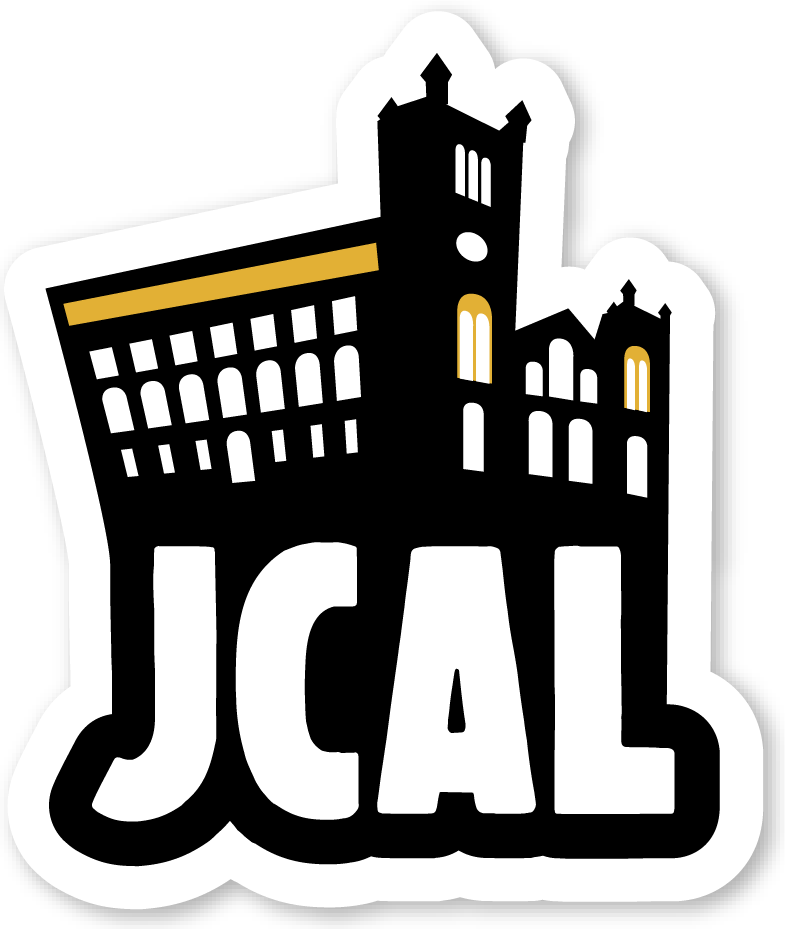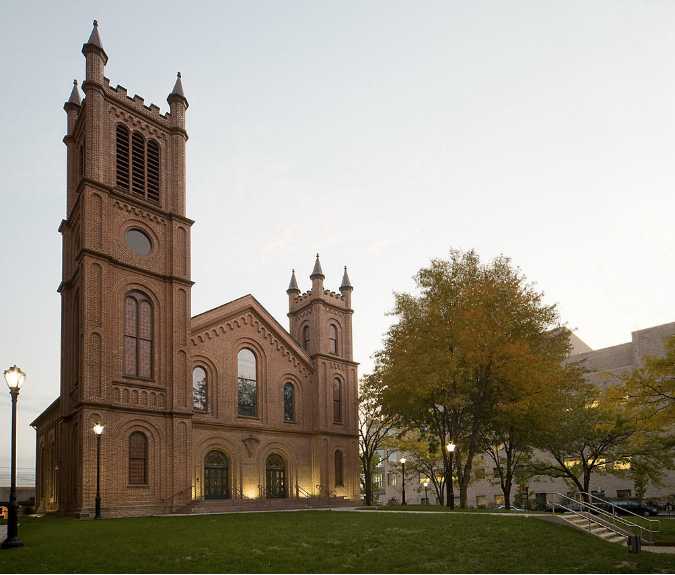about jcal
A Cultural Cornerstone of Queens since 1972
Our story
Jamaica Center for Arts and Learning (JCAL) is a multidisciplinary arts center based in and serving the diverse community of Southeast Queens, where 2.3 million African-American, Caribbean-American, Indo-Asian, African, Latinx, Caucasian, Native American, and Indigenous artists and audiences live, work, and learn. Founded in 1972, JCAL is the only multidisciplinary arts center—and only member of New York City’s Cultural Institutions Group (CIG)—located in Southeast Queens. Our mission is to offer quality visual and performing arts programs and accessible education programs to encourage participation in the arts.
We offer high-quality visual and performing arts and education programs at little to no cost, and gathering spaces and events for the community. JCAL actively supports local artists, introducing them to new audiences and expanding the impact of their work through residency programs, professional development, presentations, and partnerships. JCAL connects more than 58,000 neighbors, friends, parents, children, and artists to the cultural vibrancy and innovation of our borough.
Our History

JCAL HAS BEEN GRACED BY
Elizabeth Catlett / Jacob Lawrence / romare bearden / Isamu Noguchi / adolph Gottlieb / david Chung / Wynton Marsalis / dizzy Gillespie / big Nick Nicholas / The boys Choir of Harlem
Rooted in the cultural richness of Southeast Queens, JCAL is honored to have welcomed Grammy, Pulitzer Prize, and National Medal of Arts recipients, acclaimed artists whose work reflects and shapes the vibrant creative legacy of the community.

Our initiaTIves
Visual Arts
Each year, JCAL mounts exhibitions that explore unique themes in contemporary arts and culture. Through initiatives like Visual Voices, Jamaica Flux, and ARTWorks, JCAL serves local visual artists by providing opportunities to exhibit, work, and connect with resources that are vital to their creative practice.
Performing Arts
Our offerings span music, dance, theater, poetry, and much more. From our concert series like Thursday Night Jazz and Riddim Section, to our Dance Festivals like Making Moves Dance Festival and A Weekend of West African Dance, JCAL has something for everyone. Each program is either free, or priced at no more than $10.
Arts Education
Tailored to various age groups and learning stages, our Arts Education initiatives cover disciplines like piano, ceramics, fashion design and much more. Along with our arts alasses, JCAL regularly collaborates with schools, senior centers, and more through the CASA/SU CASA program.
EQUITY FORWARD
JCAL is committed to building a more just, inclusive, and creatively empowered future for Southeast Queens. Our DEIA Plan outlines actionable steps to deepen access, representation, and accountability across our programs, partnerships, and culture.

Our SPACES
JAMAICA ARTS CENTER
Jamaica Center for Arts and Learning’s 45,000-square-foot headquarters is a vibrant creative hub housed in the landmark former Queens Register of Title and Deeds. The space features art galleries, dance studios, music rooms, visual arts classrooms, a ceramic studio, a digital art lab, and a 99-seat proscenium theater. As the home of JCAL’s arts education programs, visual arts exhibitions, and the Meet the Playwright series, it serves as a cornerstone for community-based artistic exploration and learning.
JAMAICA CENTER FOR THE PERFORMING ARTS
Just steps away, the Jamaica Performing Arts Center (JPAC) is a state-of-the-art, 400-seat theater housed in a beautifully restored former Dutch Reformed Church. Designed for flexibility, JPAC hosts a wide range of performances, film screenings, and community events, and is the home of signature programs like Thursday Night Jazz and Riddim Section. Its adaptable space supports artists, audiences, and partners in bringing bold creative visions to life.






